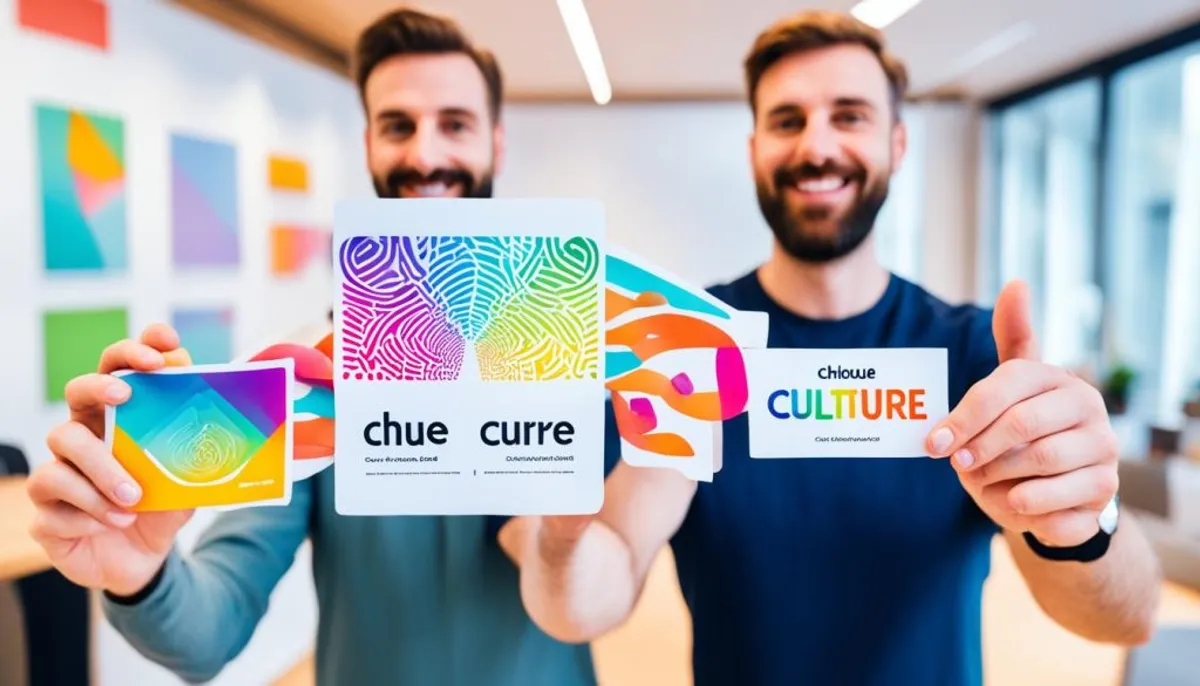Culture vouchers are a French tool to encourage access to culture. They were created in the 1980s. Their purpose is to allow employees to access various cultural activities and products.
You can use them in many places. For example, at FNAC, Cultura, Boulanger, bookstores, museums, cinemas, and even some amusement parks. Some games like PlayStation or Nintendo also accept them, but check the conditions.

Culture vouchers are perfect for visiting a museum, going to a concert, buying a book, or engaging in a leisure activity. This guide shows you how to use these vouchers. You will discover how to fully enjoy this system.
What is a culture voucher?
The culture voucher is a special payment method. It allows you to purchase cultural goods and services at reduced prices. It is similar to gift vouchers but without a ceiling and only for cultural purchases.
Definition and history
The culture vouchers were created to make culture accessible to everyone. They were launched in 1993-1994 by the Rhône-Alpes Regional Council. Since then, they have become popular all over France, appreciated by companies and employees.
Objectives and benefits
The objective of culture vouchers is to help employees access culture. They motivate and thank employees, improving their well-being at work. For companies, it is a way to value their employees and engage them.
The benefits for employees are numerous. They can choose how to use their cultural allocation, including through cultural programming. This allows them to discover new passions and diversify their cultural experiences. For companies, offering culture vouchers is fiscally beneficial, as it can reduce social contributions.
The functioning of culture vouchers
Culture vouchers are easy to use. They serve as purchase vouchers for cultural goods and services. Beneficiaries receive them in the form of booklets or cards. They can use them with partners in the culture voucher network.
There are two types of culture vouchers: paper and digital. The paper culture vouchers are physical vouchers. Employees present them to obtain cultural goods or services. The digital culture vouchers are electronic, like cards or credits on an app. They are more convenient and allow easy balance tracking.
| Paper culture vouchers | Digital culture vouchers |
|---|---|
| Physical vouchers to be exchanged for goods/services | Electronic management, in the form of a chip card or mobile application |
| Less flexibility in use | Greater flexibility in use, real-time balance tracking |
| Requires physical management of vouchers | Easier management, use online or at points of sale |

Where to use culture vouchers
Culture vouchers offer many opportunities for culture enthusiasts. They are accepted in many places. They cover a variety of activities.
Examples of activities and establishments
Culture vouchers are useful for:
- Buying books, records, cinema, theater, and concert tickets
- Visiting exhibitions and museums
- Acquiring DVDs, video games, and educational software
- Subscribing to cultural magazines or streaming music and video platforms
Many retailers accept culture vouchers, such as:
- Independent bookstores and large chains
- Record stores
- Cinemas
- Theaters
- Concert halls
- Museums and art galleries
- Amusement parks
- Cultural festivals
Culture vouchers offer a wide range of options. They allow you to discover and enjoy various cultural and leisure activities.
Allocation and distribution methods
The allocation of culture vouchers is often done by the works council (CE). For small and medium-sized enterprises (SMEs) without a CE, it is the employer who handles this. The CE sets the criteria for receiving these culture vouchers.
The criteria may vary. They can take into account the employee's status, family situation, or other specific factors. The culture vouchers may be distributed during year-end celebrations or be a regular benefit.
Companies can also decide to co-finance culture vouchers. This demonstrates their commitment to their employees. It makes the culture vouchers even more attractive to employees.
- The allocation methods for culture vouchers are defined by the works council (CSE) or the employer in SMEs.
- The allocation criteria may include the employee's status, family situation, or other considerations specific to the company.
- The distribution of culture vouchers can occur during special events or be integrated into regular benefits.
- Companies can co-finance culture vouchers to offer an additional benefit to their employees.

Tax benefits of culture vouchers
The culture vouchers, like reading vouchers, music vouchers, and culture vouchers, have tax benefits. They are also the funding for cultural goods or services provided by the Works Council (CE) or directly by the employer. These tax benefits of culture vouchers offer a total exemption from social contributions and taxes.
This exemption from contributions for culture vouchers applies if these vouchers or funding help beneficiaries access cultural activities or services. For employees, using culture vouchers is very advantageous. They are not taxed, exempt from social contributions, and are specifically intended for cultural goods and services.
| Benefit | Detail |
|---|---|
| Exemption from social contributions | Culture vouchers are completely exempt from social contributions and taxes. |
| Non-taxable | Culture vouchers are not taxable for employees who use them. |
| Specific use | Culture vouchers must be used exclusively for the purchase of cultural goods or services. |
In conclusion, the tax benefits of culture vouchers are a significant advantage for employees. They offer easy access to culture and important tax and social exemptions.
Conclusion
Culture vouchers are very important for enriching the cultural life of employees and cultural centers. They also help companies strengthen their social and cultural policies. These vouchers are flexible and widely accepted.
Thanks to them, every employee can discover their cultural passions. The company that offers them benefits from tax reductions.
Culture vouchers make culture more accessible to everyone. They also improve employee well-being. It is a smart investment for companies that want to value their teams.
In conclusion, culture vouchers encourage cultural participation. They create a stimulating and enriching workplace for all.
RelatedRelated articles


